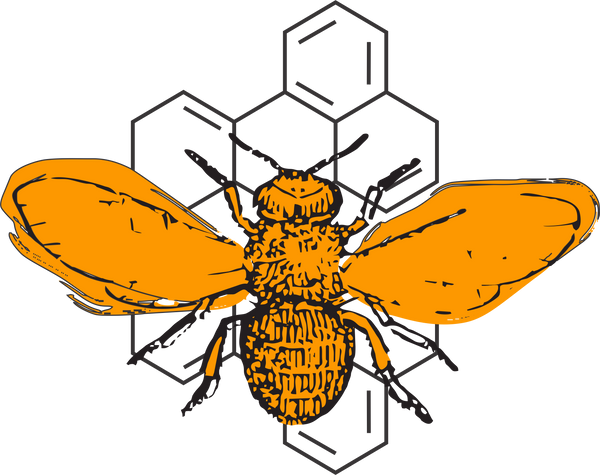Nepal is a country with a rich culture and diverse landscapes, ranging from snow-capped mountains to tropical jungles. Among its many treasures is a unique and highly sought-after product known as mad honey. Mad honey is a type of honey produced by bees that feed on the nectar of certain rhododendron flowers, which contain a natural toxin called grayanotoxin. This toxin can cause hallucinations, dizziness, and nausea, earning the honey its name of "mad honey." In this article, we will explore the dangerous and thrilling pursuit of mad honey hunting in Nepal.

Honey hunting has been a tradition in Nepal for centuries, with indigenous communities harvesting honey from cliff-side hives using traditional methods. The practice of collecting mad honey, however, is a more recent development, driven by the demand for its unique properties. The honey is known for its medicinal benefits, including its ability to boost energy levels, treat stomach ulcers, and alleviate respiratory problems. It is also highly valued as a natural aphrodisiac.

Mad honey hunting is not for the faint of heart. The process involves climbing steep cliffs and dangling from precarious ropes to reach the hives, all while avoiding the bees and the toxic honey they produce. The hunters wear minimal protective gear, such as veils and gloves, but are otherwise exposed to the elements and the dangers of the terrain. Despite the risks, the thrill of the hunt and the potential rewards make it a popular pursuit for those brave enough to undertake it.
The best time for mad honey hunting is during the spring season when the rhododendron flowers are in full bloom. The hives are usually located on steep cliffs in remote areas, making the hunt a challenging and often treacherous endeavor. The hunters use traditional tools such as bamboo ladders, ropes, and baskets to collect the honey, a process that can take several hours. The hives are carefully smoked to calm the bees, allowing the hunters to harvest the honey without being stung. The honey is then transported down the cliffs and sold at local markets.
Despite its popularity, mad honey hunting is not without its dangers. The grayanotoxin in the honey can cause a range of symptoms, from mild dizziness to severe intoxication. In rare cases, ingestion of large amounts of mad honey can be fatal. To avoid these risks, it is recommended that only experienced hunters collect the honey and that it is consumed in moderation.
The demand for mad honey has led to concerns about its sustainability. Over-harvesting of the honey and destruction of the hives can have a significant impact on the bee populations and the delicate ecosystem of the region. To address these concerns, some communities are implementing sustainable honey-harvesting practices, such as limiting the number of hives that can be harvested and using non-invasive techniques to collect the honey.
In addition to its medicinal properties, mad honey is also prized for its unique flavor and aroma. The honey has a distinct floral taste, with a hint of bitterness and a spicy aftertaste. It is often used in local cuisine as a condiment or sweetener, adding a distinctive flavor to dishes such as curries and chutneys.

In conclusion, mad honey hunting in Nepal is a dangerous and thrilling pursuit that requires courage, skill, and experience. The demand for this unique and highly valued product has led to concerns about its sustainability and the impact of over-harvesting on the local ecosystem. However, with the implementation of sustainable harvesting practices and responsible consumption, mad honey can continue to be enjoyed for generations to come.
If you haven't tried It yet. You can buy fom here Mad Honey

